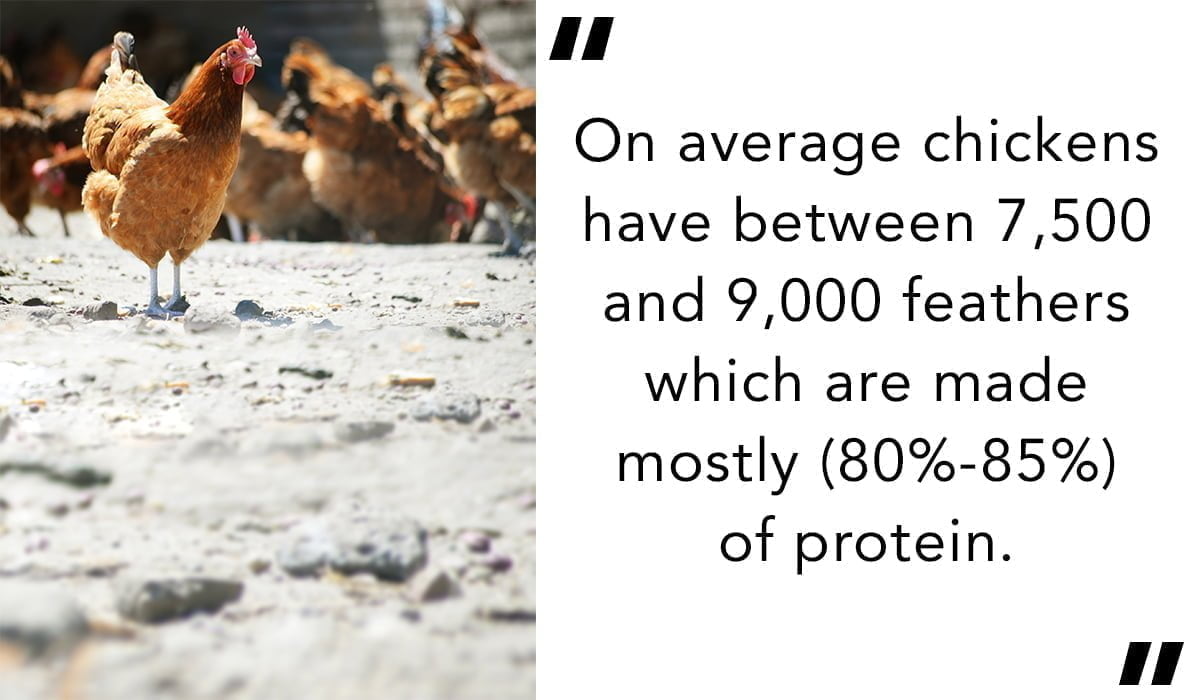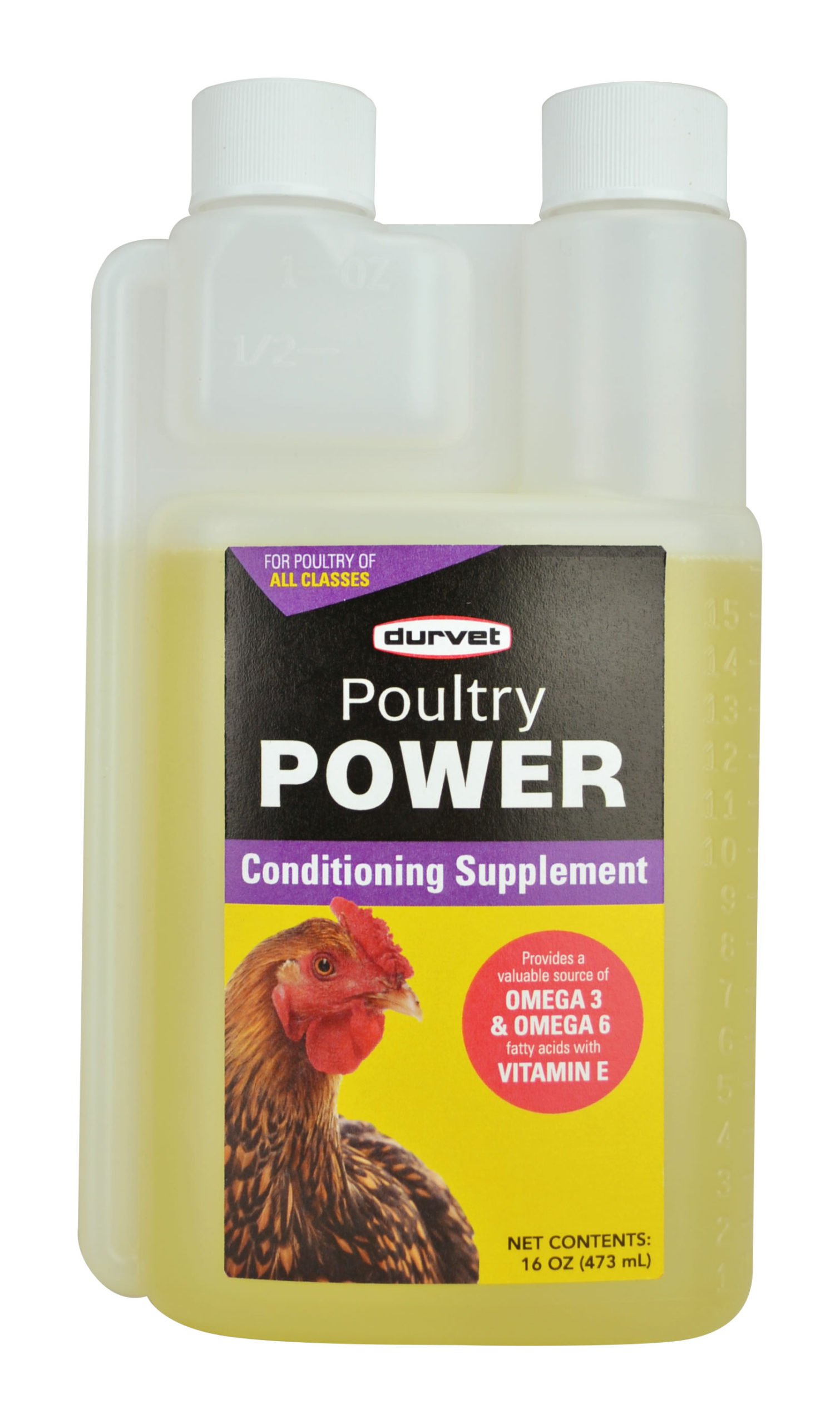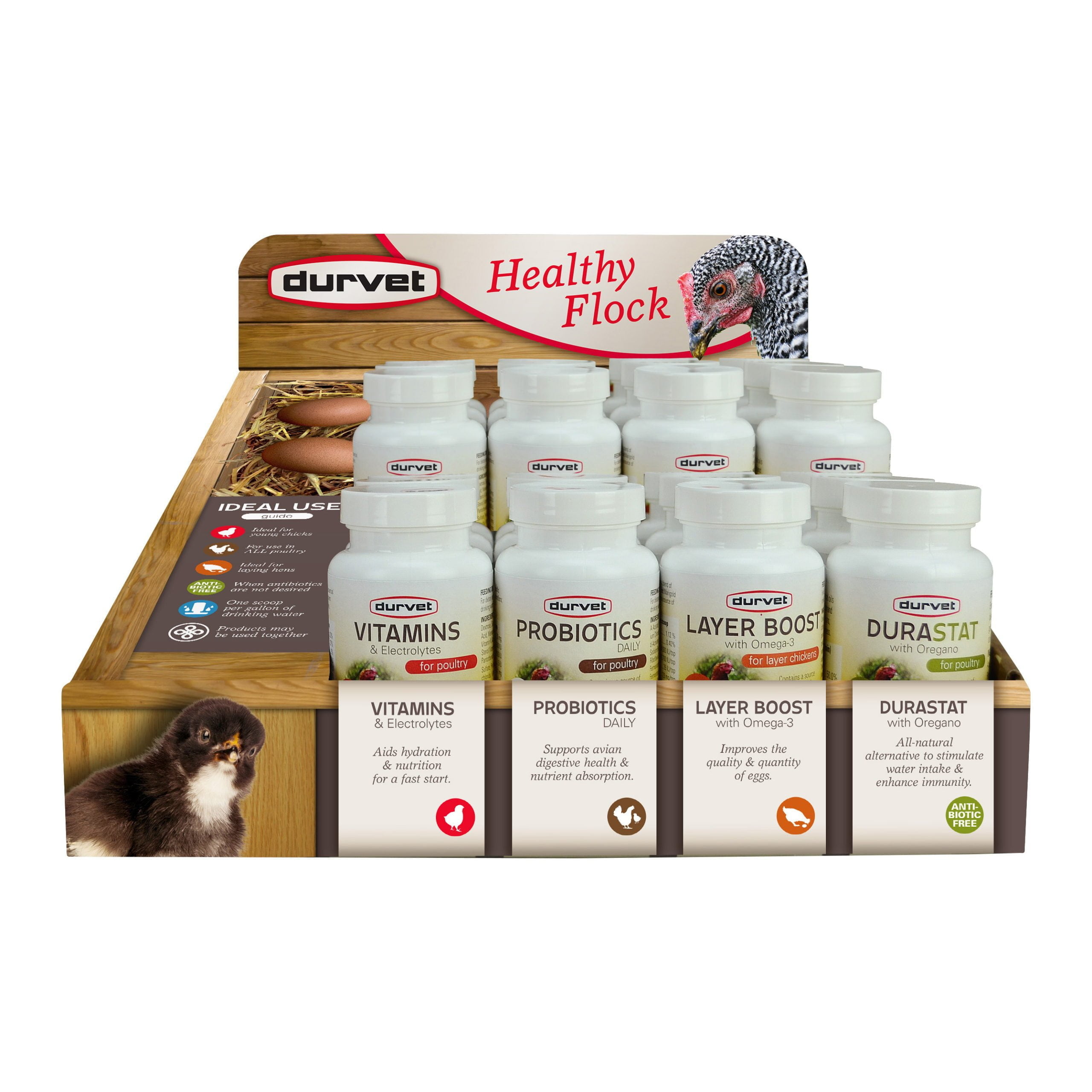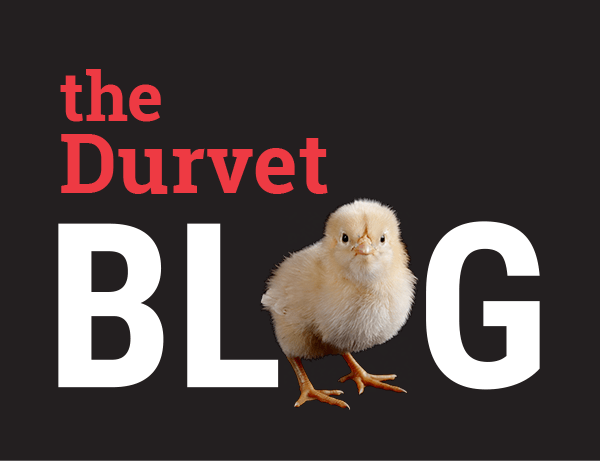
Have your hens started losing their feathers? Is the coop filled with feathers? Cooler weather and shorter days mean the molt is coming and your chickens are going to look rather naked. But there's nothing to worry about...this is natural! They must do this in the Fall to prepare for the cold temperatures ahead in the winter months.
Molting 101:
Why?
If your flock is healthy and older than 12 months, they're going through a natural and very normal process called molting. This necessary process allows chickens to get rid of damaged and dirty quills and replace them with fresh new feathers.
When?
Molting generally occurs in the late Summer and Fall but can vary depending on when a hen started laying. Generally speaking, full-grown hens and roosters molt once a year, usually in the Spring or Fall.

How?
On average chickens have between 7,500 and 9,000 feathers which are made mostly (80%-85%) of protein. During the molt, replacing these important parts of their body places a huge demand on the bird. Hens will either go through a hard molt or a soft molt. Typically the molting process lasts 2-3 months.
As your chickens are shedding their feathers and replacing them with new ones, they're going to reduce (if not stop completely) egg production.
Your hens aren't on a vacation from producing eggs, but they don't have enough energy to produce both eggs and new feathers. They must first produce new feathers before they can continue regular egg production.
To help them get through the molt faster, you can add an extra boost of protein and nutrients with a high protein diet. Providing them with a broiler feed and a nutrient-rich supplement such as Poultry Power will provide the extra nutrients their bodies are lacking while undergoing such a traumatic process.
Sources:
Damerow, G. (2015). The Chicken Health Handbook (2nd ed.) Pgs. 48, 62, 316-318
Gauthier, Julie, and Rob Ludlow. Chicken Health for Dummies, 2013 Pgs. 21, 137-140, 296

 BACK TO MAIN BLOG
BACK TO MAIN BLOG 


Comment